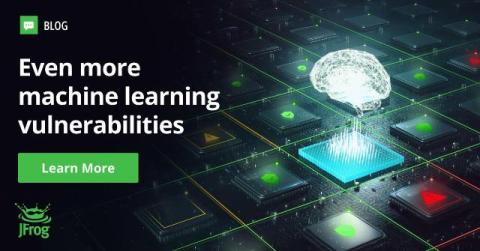CrowdStrike Announces Falcon Identity Protection for AWS IAM Identity Center
As organizations scale their operations on Amazon Web Services (AWS), they must secure their identities and ensure all users have the correct permissions. AWS IAM Identity Center is built to simplify access management across multiple AWS accounts — a critical tool for rapidly growing AWS environments. This hub for identity data and processes demands strong protection against the identity-focused threats growing popular among today’s adversaries.











